Treacle
Reader Naomi reminds me about this British term. It can refer to either molasses or refiner’s syrup, depending on who you’re talking to.
READ ONReader Naomi reminds me about this British term. It can refer to either molasses or refiner’s syrup, depending on who you’re talking to.
READ ON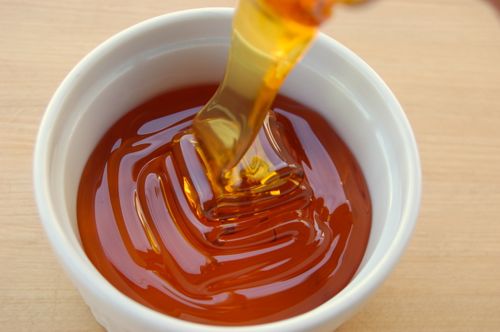
Refiner’s syrup (also called “golden syrup”) is made, as the name implies, at a sugar refinery, not at the sugar mill which is where molasses is produced. It’s a by product of the making of white sugar, the final “molasses” that’s produced when white sugar is centrifuged. It contains mainly sucrose and water when it’s first spun out, but is treated with acid (or sometimes the enzyme invertase) to create a proportion of invert sugar. For more on sugar refining, see my (now integrated) primer on sugar making.
Refiner’s syrup can make a fine alternative to either molasses or corn syrup depending on the application, though since it tastes every bit as sweet as table sugar you need to be careful about overloading your recipe with sweetness.
READ ON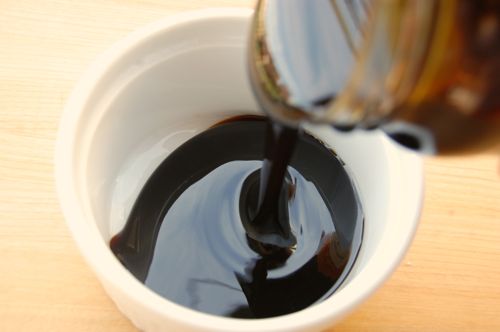
Molasses as you know is a by-product of the sugar making process. It can be made from either cane or beets, though beet molasses isn’t used much here in States (Europeans do use it some, however). As was mentioned in the sugar posts from last week, sugar is made by adding “seed” crystals to a volume of long-cooked, drastically reduced cane juice. The mixture forms crystals and the whole mess is then spun in a centrifuge (basically a big basket lined with cloth) and the thick liquid molasses is pulled out via centrifugal force.
READ ON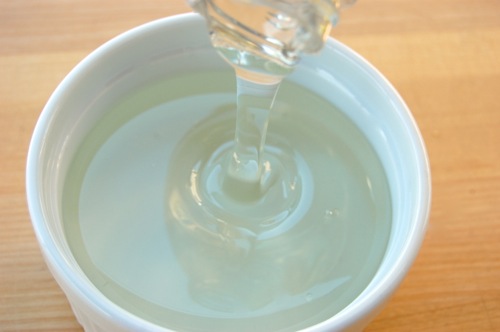
We hear a lot about the evils of high fructose corn syrup (ominously initialized HFCS) these days. It’s the packaged food industry’s most pervasive sweetner, found in everything from Coke to ketchup. Anything that broadly used simply must be evil — an articifially created, chemically modified, fatally addictive hypno-crack. A team effort by the National Corn Growers Association, Columbian drug lords, Dow Chemical, Karl Rove and Satan.
READ ON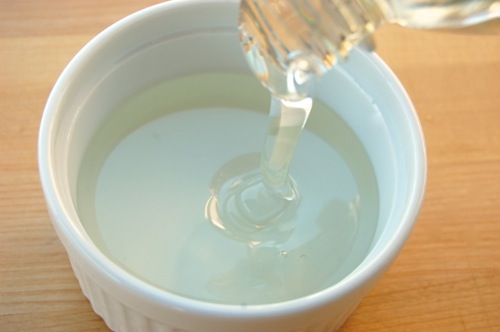
Since 1811, the year Gottlieb Kirchhoff combined sulfuric acid with potato starch and created syrup, scientists have been aware that starches are rich sources of sugar. The problem for the next hundred years or so was how to produce it on a mass scale. In time it was discovered that plant enzymes (non-living organic molecules that perform specific tasks for living organisms) could do the job just as effectively, breaking down (hydrolyzing) long-chain starches into their sweet-tasting pieces.
READ ONQuite simply it’s a flowing mixture of sugar and usually at least a little water. That water is partly responsible for the fact that most syrups, despite their sugar concentration, don’t crystallize easily. But there’s usually something else in there that inhibits crystallization, a little something called invert sugar. Invert sugar is a term that gets tossed around quite a bit in cooking and baking circles, about as much as “caramelization” and “Maillard reaction.” But what exactly is it?
Basically, invert sugar is a mixture of sucrose (25%) and its two component sugars, glucose and fructose (75%). Invert sugar exists in nature but is usually made by humans for various culinary and scientific applications. You get it by making a mixture of sucrose (table sugar) and water, then heating it and adding an acid. In the kitchen that acid can be lemon juice, tartaric acid, vinegar or any number of others.
READ ON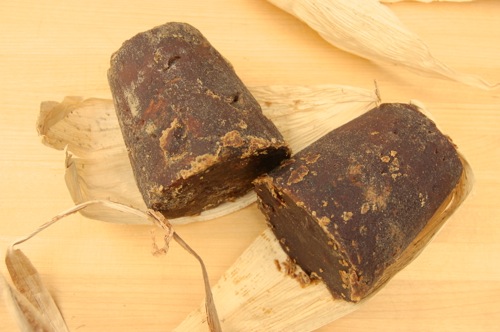
Panela is another of the paleo-sugars, which is to say those that are made the truly old-school way, by crystallizing reduced cane juice in pans, then draining it in conical molds. In that way it’s almost identical to jaggery sugar, except that it’s made in the Americas (in Bolivia, Chile, Ecuador, Guatemala, Panama, Peru, Venezuela and Mexico, where it’s called piloncillo) and is always made from cane juice. Like jaggery it has about 20% non-sugar content, and can run the gamut from very blonde to very dark. This right here
READ ON
If refined — even minimally processed — sugars aren’t your thing, then a jaggery sugar may be right up your alley. Jaggery is the closest you can get to sugar as it was done thousands of years ago. It’s made the truly old-fashioned way: by boiling cane juice in broad pans until most of the water has evaporated, then allowing the syrup to cool and crystallize into a thick slurry of crystals. At that point it’s poured into a conical mold with a hole at the bottom so the molasses can run out. A week or so later you have…this!
Here it’s important to note that jaggery can be made from either cane or date palm sugar. This, I was very surprised to learn this morning, is palm sugar. I jimmied a piece off the side with a knife and sure enough it tasted like dates. I also thought the burlap sack was a nice touch. Jaggery sugars are made and sold all over southern and south eastern Asia. They can be light or dark and have a variety of flavors, from very mild to quite strong indeed.
READ ON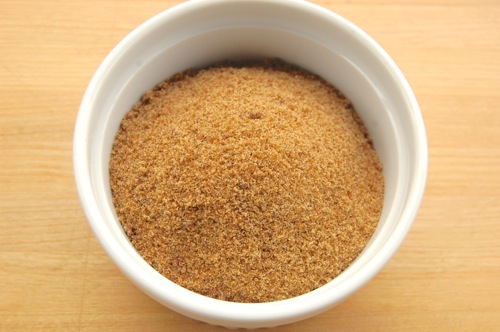
Muscovado sugar is another so-called “raw” sugar that’s made not at a refinery but the original sugar mill. As opposed to lighter “turbinado” and Demerara sugar, muscovado has quite small crystals. It’s a product of later crystallizations — the second or even the third — which means the molasses that coats it is much thicker and darker. It’s also usually air-dried instead of being spun in a centrifuge.
In many ways muscovado is similar to a refinery brown sugar (though the muscovado pictured above isn’t especially dark as these sugars go). It’s soft and strong tasting with all the deep caramel, mineral and acetic acid vinegar-like notes. However like other raw sugars it retains some of the brighter vegetable or grass-like flavors that refinery brown sugars don’t have. It can be used in any application that calls for brown sugar.
Oh, and the name comes from an arcane Spanish word meaning “separated out” or “reduced” (makes sense when you consider how crystal sugar is made). Muscovado also goes by the name of “Barbados” sugar (where a similar product was originally made) and also “moist” or “molasses” sugar.
READ ON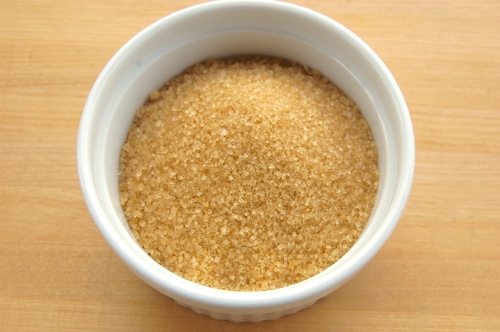
Demerara is named for the region of Guyana where it was originally manufactured. These days, however, it’s mostly made in Mauritius (a small island off Madagascar in the Indian Ocean). Demerara is similar to turbinado in that it is a light, large-crystal “raw” sugar, produced from the first crystallization of the cane juice. The main difference is that the cane juice it comes from is evaporated using old-style open pans instead of the more modern vacuum pans. The longer, higher-heat cooking dulls some of the brighter flavors but accentuates the deeper caramel-like ones. Like turbinado sugar it’s about 98% sucrose, which makes it great for a crème brûlée crust.
READ ON